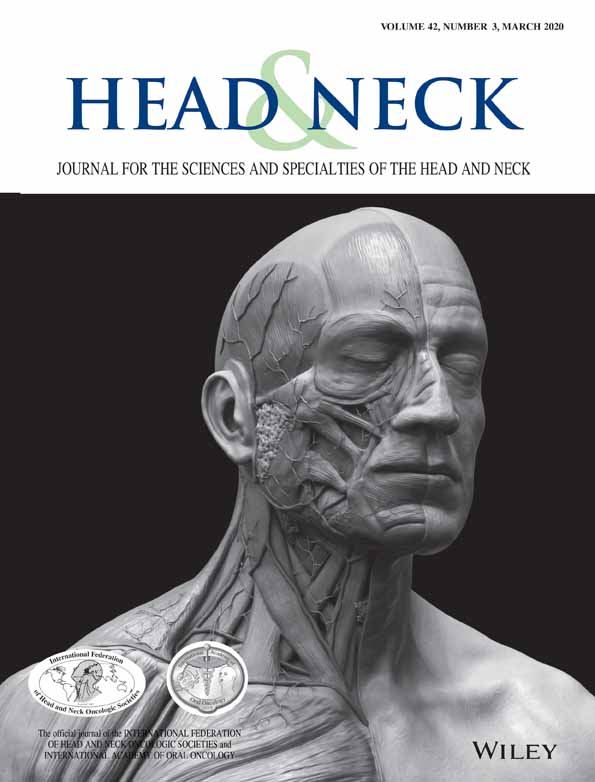Radiation treatment of soft palate squamous cell carcinoma
Abstract
Background
To report our institution's experience treating soft palate squamous cell carcinoma with radiotherapy alone or combined with adjuvant chemotherapy and/or neck dissection for residual disease.
Methods
We analyzed 159 patients treated curatively between 1963 and 2016. Median follow-up was 4 years.
Results
The 5-year local control rates were T1, 90%; T2, 90%; T3, 70%; and T4, 59%. The 5-year cause-specific survival (CSS) rate was nearly identical for patients with stage I-III disease (88%, 86%, and 88%, respectively) compared to stage IVA/B (58%). Five-year overall survival was similar between patients with stage I-III disease (50%, 57%, and 54%, respectively) and approximately double that of patients with stage IVA/B disease (26%). Thirteen patients (8%) had severe complications related to radiotherapy.
Conclusions
The likelihood of cure after definitive radiotherapy is relatively high in patients with stage I-III disease with soft palate carcinoma. Patients with stage IVA/B disease have a lower cure rate but with a 5-year CSS exceeding 50%.
CONFLICT OF INTEREST
The authors declare no potential conflict of interest.




